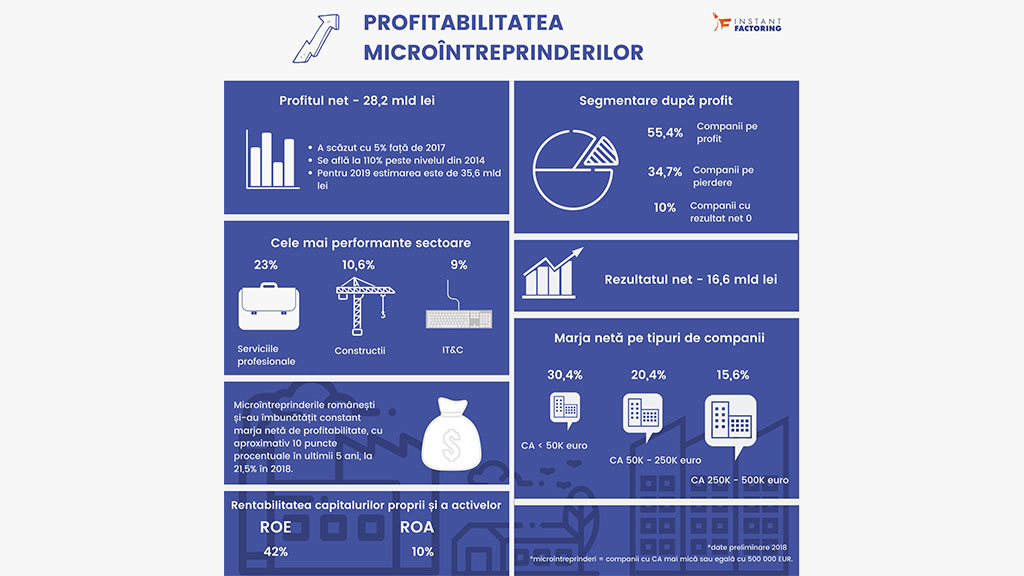This year already looks set to be another challenging year for indirect taxes — and for you if you are responsible for managing them for your organization. Globalization and the spread of advanced technologies continue to increase the levels of cross-border trade in goods and services — and to present opportunities and difficulties for taxpayers and tax administrations. In the past, it was sufficient to keep abreast of in-country developments; now, you must be aware of what is happening all over the world. Ensuring the detailed changes are reflected in your accounting and reporting systems is an ongoing, difficult task — as the sheer number of indirect tax changes in this report indicates!
But it is also important to keep the bigger picture in mind: what does the shift toward indirect taxation mean for your overall tax an business strategy? What do these developments mean for your organization? As you read this report and our overview article, you may want to keep these questions in mind: which developments impact us most? Who needs to be aware of these changes? What actions do we need to take? What impact might these developments have on our future plan?
Indirect tax in 2013 provides a high-level overview of significant developments in indirect taxation, but it is not an exhaustive list. This is a rapidly changing area of taxation. Please be aware that there may be other changes not listed in this publication that may have an impact on your business. Detailed information about developments in indirect taxes may be found at ey.com and through our regularly updated eVA information service, The WorldwideVAT, GST and Sales Guide and in our regular magazine, Indirect Tax Briefing.
If you would like to discuss developments in indirect tax, or if you would like access to our eVA service or copies of our publications, please contact one of the Ernst & Young Indirect Tax leaders listed in this report, or your usual Ernst & Young Indirect Tax contact.
With change, comes complexity
The sheer number and variety of changes in indirect taxes in recent years and the challenge of implementing them into accounting and reporting systems can be overwhelming — making it hard to keep sight of the bigger, strategic picture. But what do all these changes add up to? Do common themes emerge? What changes can we expect in the future?
Find the answers and the complete study in the attached pdf document





























